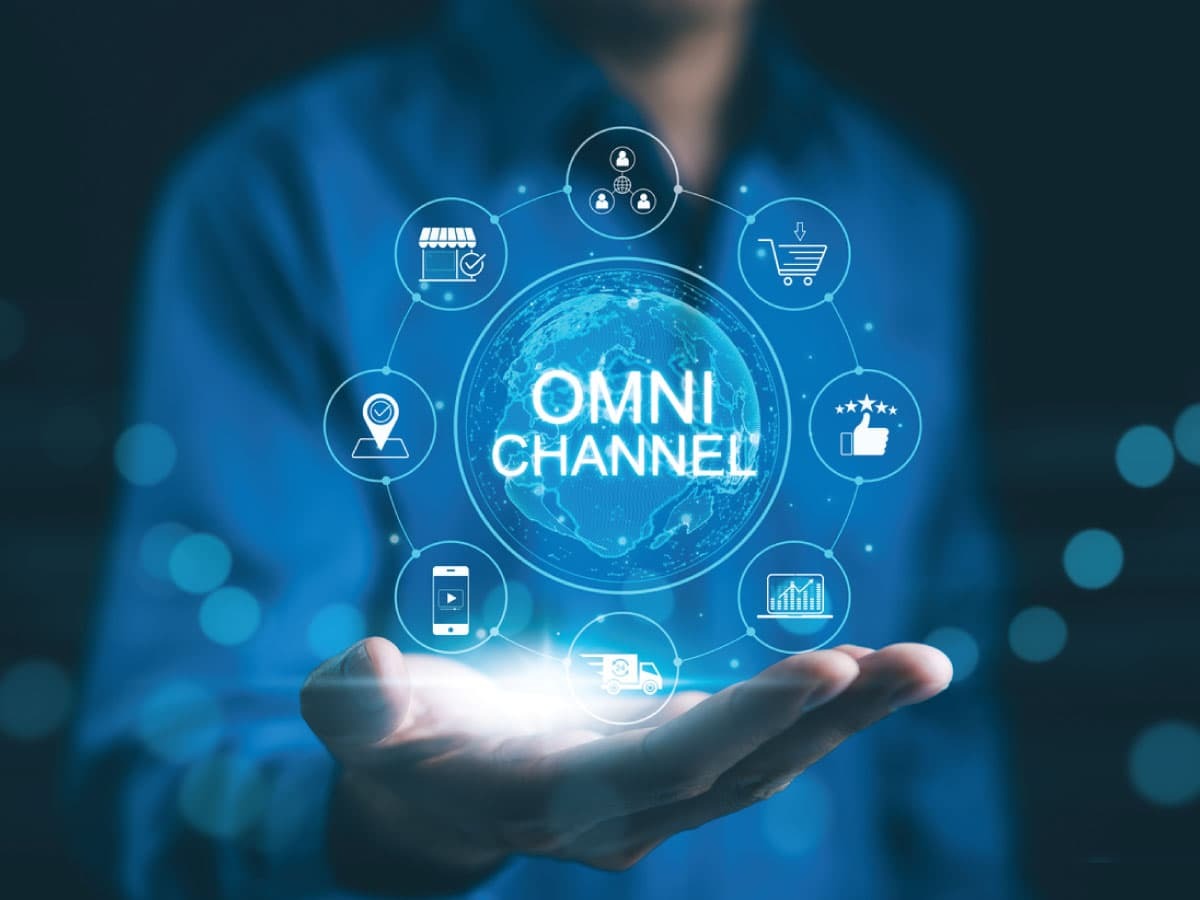
 Copy URL to Clipboard
Copy URL to Clipboard
Meeting customers where they are has long been a foundational aspect of both marketing and logistics. Today, customers are everywhere, in both a literal and digital sense. Omnichannel fulfillment solutions are meant to take advantage of that, but it’s easier said than done.
Key Takeaways:
In this guide, we’ll go over the main goals behind omnichannel ordering and how implementing it as an order and fulfillment strategy can benefit your business.
In simplest terms, omnichannel order fulfillment involves securing goods for customers from whatever sales channel they ordered from, while sourcing from the most convenient location.
As an order fulfillment strategy, the goal is flexibility. It would start with a system that can track incoming orders across various platforms:
Once the order has been received and processed, the goal is to offer the best fulfillment solution available that is suited to the client. This may mean sourcing the order from the closest warehouse or retail store (if they have delivery available), or even presenting an in-store-pickup option.
Related: Fulfillment Optimization: Improving Distribution Potential
Ecommerce and physical retail locations have been mixing for several years now. However, fulfillment practices differ, especially in terms of sourcing. The two most common strategies are omnichannel (already mentioned), and multichannel. How are they different?
Both processes accept orders from multiple sources, but don’t necessarily fulfill from a common source.
Omnichannel fulfillment treats inventory a bit like a cloud system. Whether the goods are stored in a warehouse, distribution center, or physical store — all locations can be pulled from simultaneously to fulfill orders.
Even returns can be processed that way. An item purchased online can be returned to a store so long as it’s part of the existing inventory.
Multichannel fulfillment will often segregate inventory and fulfillment based on the order method. For example, someone who ordered a product online will have their item fulfilled from a warehouse or designated distribution center. Even if there was a company store down the street, the system is not designed to mix and match inventory sources with orders.
Returns must be handled along the same linear channels. If you ordered online, you have to process the return the same way. Purchases in a store must go back to the same store they were purchased from (although there is sometimes leeway at this stage).
It’s a risk/reward balance.
Multichannel inventory solutions are often more trackable because they always follow the same path. It can also cause longer shipping times and make potential clients look elsewhere.
Omnichannel is very customer focused, but it relies heavily on the accurate tracking of inventory across multiple locations at the same time. Even small errors in such a tracking system can impact the process.
The backbone of omnichannel fulfillment success is the right order management system (OMS). It should be able to fully integrate with warehouse management systems (WMSs) as well as inventory tracking systems at physical stores.
Once in place, omnichannel fulfillment can really shine and your business can reap multiple benefits:
As I said, these benefits depend on the kind of OMS you can implement as well as on quality fulfillment services. Having the data to provide options without having the actual means to get it down won’t get you very far.
Related: How to Manage Warehouse Inventory
Implementing omnichannel services, both for ordering and fulfillment, requires precise coordination between multiple business branches. Marketing, technology development, and logistics need to be on the same wavelength for an efficient and successful rollout.
Here’s a checklist of necessities you’re going to want to review before launching:
The reality of providing such a wide variety of options to clients comes with significant challenges. Like other fulfillment options, being aware of what can go wrong can help you prepare and perhaps avoid it.
These challenges, like any others in warehousing and fulfillment, can be overcome with the right partners and careful attention to detail.
Related: Retail Logistics: Solutions for Supply Chain Management
Once you have your omnichannel OMS in place, make sure you can keep up with customer demands. Fulfillment and Distribution can be your partner in omnichannel ordering across different sales channels.
Our warehouse fulfillment services will help you organize and track your inventory to meet your business needs. You can also benefit from our various locations in key cities:
Get a service quote now or call us directly at (866) 989-3082 to speak with a qualified representative. Let us become your partner for building a successful future.
